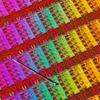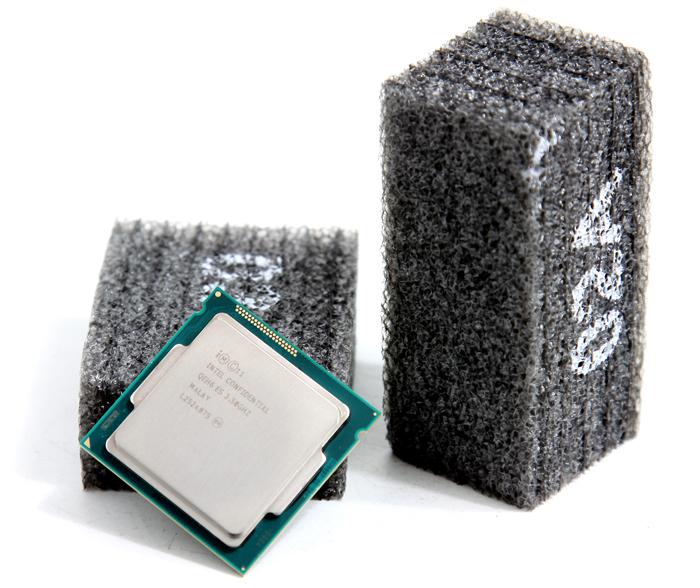Article
Intel Core i7 4770K visited - overclocked and charted
Yes my fellow guru's, you can now say goodbye to Sandy and Ivy Bridge, and welcome a more energy efficient Haswell generation of processors from Intel. It has only been a year since Intel released their Ivy Bridge processors, with a year before that, Sandy Bridge architecture based processors. Over time the more popular processors for PC afficionado's have been the Core i7 2600K and the 3570/3770K, overclockable to a certain extent if you know what you need to deal with.
It is however time for a new Tock cycle in Intel's tick-tock release schedule for Intel Core processors. The products under codename Haswell are here, and albeit it will be a feisty series of processors we have to admit, Moore's law is certainly coming to a slowdown. Haswell is a hint faster over the last generation, not heaps. Intel is facing the same problem that AMD stumbled into with their FX series processors. Injecting more and more transistors into a 22nm die will further complicate things. Next to that, the PC market has been changing and Intel is adapting to that. We see much smaller form factor computers including everything from a HTPC, to a small desktop PC to the latest tablets and upcoming detachable solutions. And as such, Intel's focus was to design an architecture that on the desktop side would make it the fastest four-core processors, yet also needed to be more energy efficient and offer a faster graphics solution for their mobile and tablet segment. That compromise my friends, is Haswell. Slowly but steadily processors get more and more features embedded; processor, graphics, chipset features, memory controllers and now also voltage regulation. As such it is safe to state that with Haswell, desktop processors officially have become a SoC (system on a chip). Haswell will be the first in a family of SoCs that use a 22nm FinFET process, opposed to Ivy Bridge which might have been the first family of 22nm products, but really was a die shrink of the 32nm Sandy Bridge, and not so much a new revolutionary design. For the desktop platform there will be one line that describes Haswell best, the Haswell architecture will be a small step forward in performance, a big step in IGP performance and a (positive) step down in power consumption, all are good things. Still, most of the readerbase of Guru3D are the hardcore gamers that build their own PCs, so today a review on the Haswell architecture based Core i7 4770K where we'll learn you how to tweak and overclock as well.
The harsh reality remains that in essence Haswell is sitting pretty close to Ivy Bridge processor performance wise, and that Ivy brideg series really is a tweaked Sandy Bridge (Core i7 2600/2700K) processor; apply it to a smaller fabrication node (22nm), increase the Turbo a little, increase the graphics performance a little and bam that's a Core i7 4770K processor. Performance wise, clock for clock Haswell will be faster though and yes, it does show some very nice overclockability. Ever since Sandy Bridge, there has been another massive change inside the processor, integrated graphics processor cores working in symbiosis with the CPU, sharing cache, embedded and harbored inside the processor. It all started with the Core i5 650, 660 and 661 processors but these CPUs had two little small chips on the processor die, literally. And that has changed as Sandy Bridge, Ivy Bridge and now Haswell have embedded IGPs. For Haswell the IGP has certainly gotten a good chunk faster, as they must compete with AMD's APU solutions. Next to that, the IGP is DirectX 11.1 compatible as well.
Today of course we'll be reviewing Intel's Core i7 4770K processor. We'll first take you through the architecture, the new features and then we'll start up the performance tests alongside a nice overclocking session which will include overclocked test results with the 4770K processor running at a stable 4600 MHz.
Have a peek at what will be tested, and then let's head onwards to the next page.


